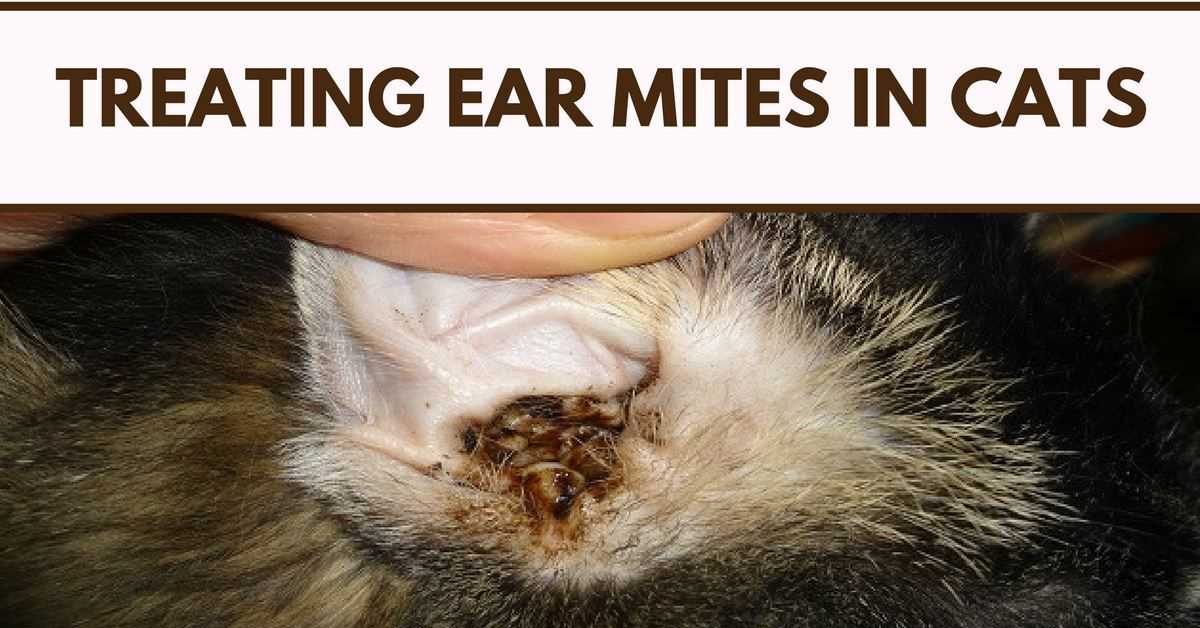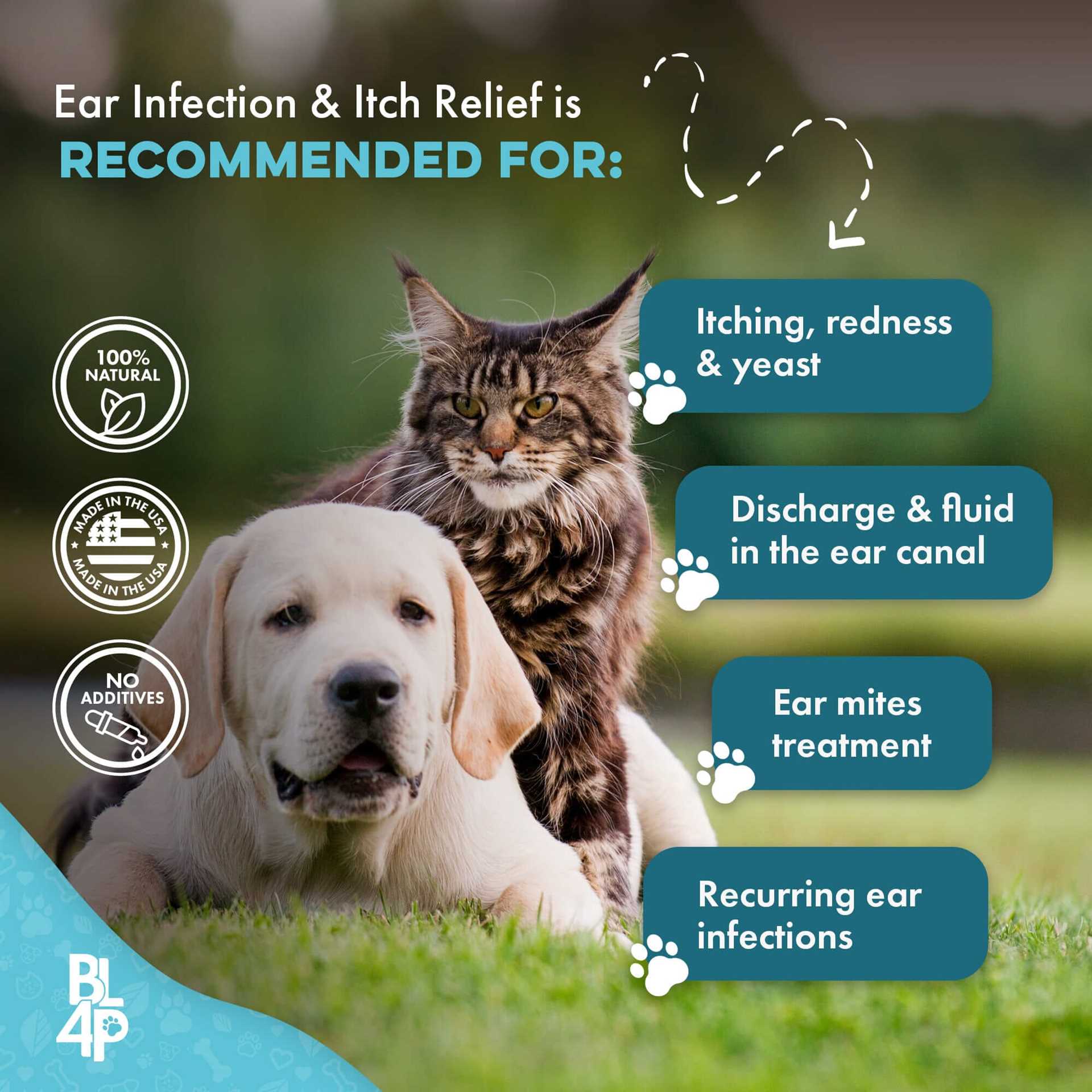First, make sure to inspect those little flappers often. If you notice any dark discharge or a strong smell, it’s time to act. A simple yet effective way to clean is by using a mixture of warm water with a few drops of mild dish soap. Dampen a cotton ball and gently wipe the outer part, avoiding deep insertion.
Next, consider using a natural oil, like olive or coconut oil, to soothe irritation. A few drops applied to the ear can help reduce discomfort. Always make sure to keep an eye out for any signs of further distress–if your furry friend seems to be in pain, it’s best to consult a vet.
Additionally, keeping your surroundings clean can help prevent issues. Regularly vacuum the areas where I roam and wash my bedding to eliminate any allergens or irritants. Monitoring my diet is also crucial; ensuring I eat a balanced meal can support my overall health and reduce the risk of problems.
Finally, maintaining a stress-free environment plays a key role. Providing me with plenty of playtime and comfort can keep my immune system strong. If symptoms persist, reaching out to a veterinarian is the best course of action.
Managing Ear Issues in Felines
To alleviate discomfort in my fluffy friends, I recommend a gentle cleaning routine. Use a soft cloth or cotton ball dampened with warm water to wipe the outer area of the auditory canal. Avoid inserting anything deep inside, as it can cause more harm than good.
A mixture of equal parts water and white vinegar can help maintain a healthy balance. Dampen a cotton ball with this solution and carefully clean the outer ear. This method can assist in controlling bacteria and yeast growth.
It’s crucial to observe for any signs of discomfort, such as shaking the head or scratching at the ears. If you notice excessive wax build-up or unusual discharge, consulting a veterinarian is advisable, as they can provide more thorough solutions.
Offering a balanced diet rich in Omega fatty acids can also support overall ear health. Including fish oil in their meals may help reduce inflammation and promote a shiny coat, which can indirectly benefit their ears.
Identifying Symptoms of Ear Issues in Felines

If you notice me shaking my head frequently or scratching at my ears, it might be a sign of discomfort. Look for redness or swelling in the ear canal; this can indicate irritation. Dark, waxy discharge is another clear indicator that something isn’t right. Pay attention to any unusual odors coming from my ears, as this often suggests an underlying problem.
Behavior changes are important too. If I seem more irritable or withdrawn than usual, that could signal pain. Loss of balance or coordination can occur as well, so if I’m stumbling or having trouble walking straight, it’s worth checking my condition. Excessive grooming around the ears indicates I’m trying to manage the discomfort.
Keep an eye out for any signs of hearing loss; if I’m not responding to sounds or my name, that might be a concern. Monitoring these symptoms closely helps ensure I’m feeling my best. Remember, timely observation can make a big difference in my well-being.
Gathering Necessary Supplies for Treatment
Before beginning any care, I recommend collecting the right items to ensure a smooth process. Here’s a list of what you’ll need:
| Item | Purpose |
|---|---|
| Soft Cloth or Cotton Balls | For gentle cleaning of the outer area. |
| Ear Cleaning Solution | To help remove debris and wax buildup. |
| Disposable Syringe (without needle) | For administering any liquid treatments or cleaning solutions. |
| Antiseptic Wipes | To sanitize surfaces and tools used during care. |
| Treats | To reward me for being a good sport during the process. |
Having these items ready will help streamline the care routine. Always ensure that the cleaning solution is specifically designed for my kind, as human products can be harmful. Keeping everything organized will make the experience easier for both of us!
Cleaning Your Feline’s Ears Safely and Effectively
Begin by gathering a few cotton balls or pads and a vet-approved cleansing solution designed for pets. Gently lift my ear flap and apply a small amount of the cleanser to a cotton pad, ensuring it’s damp but not soaked. Avoid using any sharp objects or Q-tips, as they can cause harm.
With the cotton pad, wipe the visible parts of my ear gently. You may notice some wax buildup or debris; it’s important not to insert anything deep into the ear canal. If I resist or show signs of discomfort, pause and try again later. Patience is key!
After cleaning, you can reward me with a treat or some playtime. This makes the process more positive. Ensure you have adequate supplies on hand for regular cleanings, just like you would for a brush for medium hair cats to keep our grooming routine smooth.
Remember, maintaining a clean environment helps too. Using a best energy saver washing machine for my bedding and toys can minimize allergens and prevent future issues. If there are signs of ongoing problems, don’t hesitate to seek professional advice.
Applying Over-the-Counter Ear Medications
Before using any solution, I recommend checking with a vet. Here’s how to safely apply over-the-counter medications.
- Choose a product specifically formulated for feline ears. Look for ingredients that target common issues.
- Read the instructions carefully. Dosage and application techniques may vary by brand.
- Position me comfortably. A cozy spot helps me relax during the process.
- Gently hold my head and apply the recommended amount of medication into the canal. Make sure the nozzle doesn’t touch my fur or skin to avoid contamination.
- Massage the base of my ear gently for about 30 seconds. This helps distribute the solution evenly.
- Wipe away any excess fluid with a clean cotton ball. Avoid using cotton swabs deep inside my ear.
- Monitor for any reactions. If I show signs of discomfort or if symptoms worsen, stop and consult a veterinarian.
Consistency is crucial. Administer the treatment as directed, typically once or twice daily, until the condition improves. Keep my ears clean and dry to enhance the treatment’s effectiveness.
Using Natural Remedies for Ear Infection Relief
Olive oil is a soothing option that helps alleviate discomfort. A few drops in each auditory canal can provide relief and moisture. Always ensure the oil is warm, not hot, before application.
Apple cider vinegar mixed with equal parts water acts as a natural disinfectant. A couple of drops in the affected area can help restore balance and deter harmful bacteria. Avoid using this remedy if the skin appears irritated or inflamed.
Herbal Infusions
Chamomile tea, cooled and strained, can be applied gently to the external areas. This herbal infusion has calming properties that reduce irritation and promote healing. Use a clean cotton ball for application.
- Calendula oil is another fantastic option. It possesses anti-inflammatory properties. A few drops can be applied to the outer ear area for soothing effects.
- Oregano oil, diluted with a carrier oil, may help combat infections. Ensure it is well-diluted to avoid any irritation.
Maintain Cleanliness
Regularly cleaning the external parts with a damp cloth can prevent further issues. Ensure that the cloth is soft and free from any harsh chemicals. This simple step can keep the area free from dirt and debris.
Hydration plays a key role in overall health. Fresh water should always be available. A well-hydrated body supports the immune system in fighting off any unwanted ailments.
Monitoring Your Feline’s Recovery and Symptoms

Pay attention to any changes in behavior or physical condition. If I notice increased scratching, head shaking, or signs of discomfort, it’s crucial to act quickly. Keep a close eye on my ears for redness, swelling, or discharge. Document any findings in a notebook; this will help track progress and identify any persistent issues.
Regular Check-Ins
Schedule daily assessments. Gently examine my ears for cleanliness and any abnormal odors. If I seem more irritable than usual or less playful, it could indicate lingering discomfort. Note any fluctuations in my appetite or energy levels, as these can signal underlying problems.
Follow-Up Care
Consult with a veterinarian if symptoms worsen or don’t improve after a week. Persistent issues may require professional intervention. Staying vigilant ensures a swift response to any complications, promoting a smoother recovery process.
When to Consult a Veterinarian for Ear Issues
If I show signs of severe discomfort, it’s time to seek professional help. Symptoms like persistent shaking of my head, a strong odor from my ears, or discharge that looks unusual indicate a problem that could require medical attention.
Here’s a quick reference to help determine when to visit the vet:
| Symptom | Action |
|---|---|
| Severe shaking of the head | Consult the veterinarian |
| Excessive scratching at the ears | Consult the veterinarian |
| Foul odor | Consult the veterinarian |
| Discharge that is yellow or brown | Consult the veterinarian |
| Swelling or redness | Consult the veterinarian |
| Behavior changes, such as aggression or withdrawal | Consult the veterinarian |
Always remember that early intervention can prevent complications. If you notice any of these signs, don’t hesitate to reach out to a vet for guidance. Your well-being should always come first!






